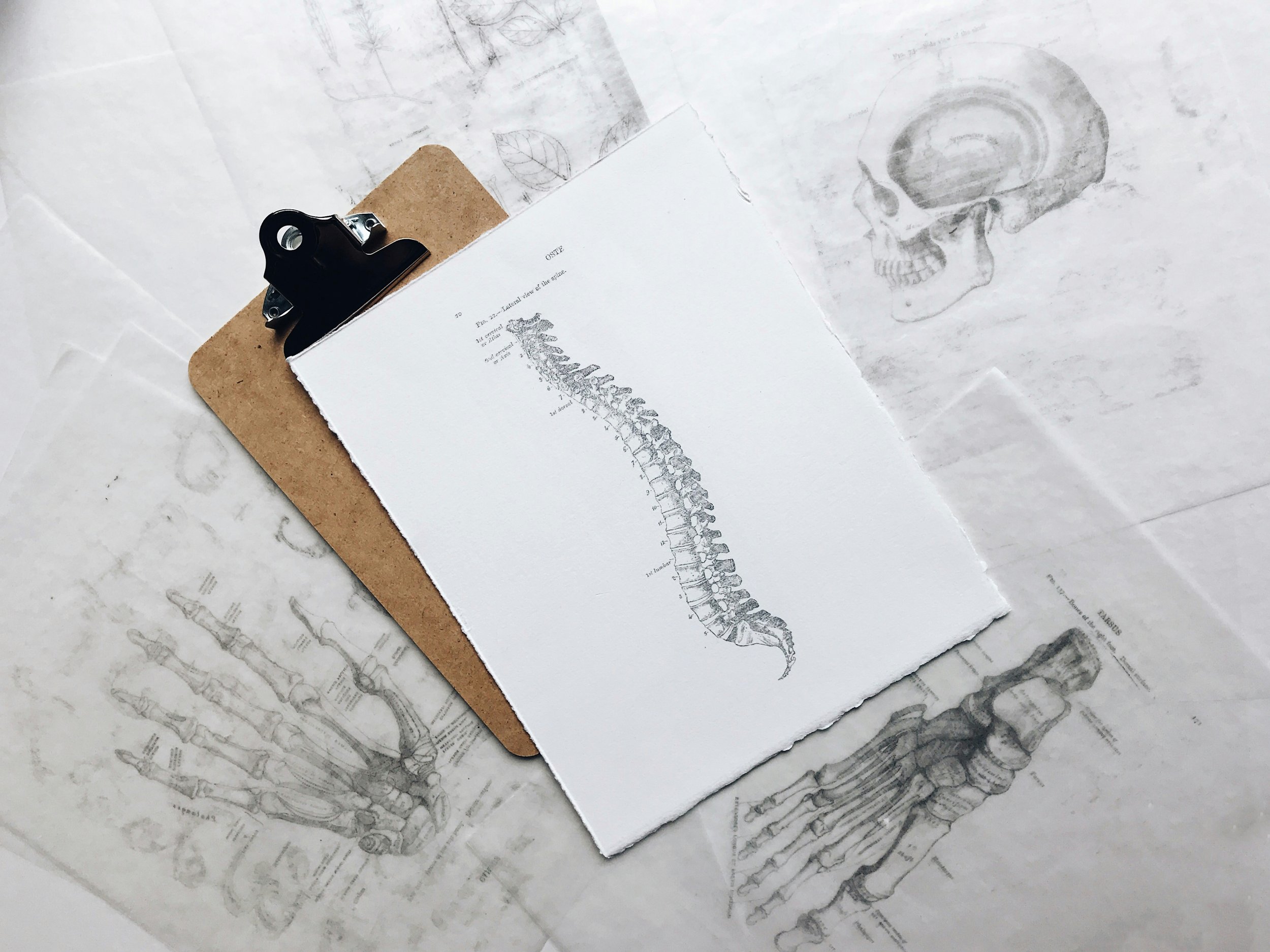Posture vs. Pain: Debunking the Misconceptions
Ever heard the phrase "stand up straight, or you'll get back pain"? I bet you have. It's one of those health tips that just never seems to go away. But guess what? Recent scientific research has something pretty surprising to say about this. It turns out that the connection between posture and pain might not be as strong as we've always believed.
The Myth of Perfect Posture
You know how people often say, "Don't let the truth get in the way of a good story, especially on the internet"? Well, when it comes to posture and pain, that saying hits the nail on the head.
You've probably heard that sitting with perfect posture is the key to a pain-free life. In fact, you've probably seen countless posts and heard advice from well-meaning friends (and mum/dad) that if you're in pain, it's all because of your posture. But here's the twist: scientific studies have actually compared the postures of folks with pain to those without, and guess what they found? Those minor slouches or what's often labeled as "bad posture" might not actually be the root cause of your discomfort.
It's like saying your posture is the director behind the scenes of your discomfort, when in reality, it might not be calling the shots.
Posture: The Not-So-Guilty Party
You might have heard the term "lumbar lordosis" thrown around – it's the natural curve in your lower back. Some folks link this curve to back pain. However, a study from 2016 [1] showed that people with and without back pain had pretty similar curves. In simpler words, having a curvier or flatter lower back didn't seem to be the main reason for back pain.
So, if posture isn't the big bad wolf when it comes to pain, what's the deal?
Why Measuring Posture is Tricky
Here's the thing: measuring posture is a bit like taking a photo. You know how you look different in photos taken on different days? Well, the same goes for our posture. Every time we stand up, we do it a little differently. So, when someone measures your posture, it can vary from one moment to the next.
Now, here's where it gets tricky. If every posture check is like a different photo, which one are they really measuring? One assessment might show a curvier back, while another might show a flatter one. This variation in standing posture can lead to mix-ups in diagnoses and treatments.
Plus, what people do in their everyday lives can be quite different from what's measured in a clinic. Those clinic measurements are like snapshots, not the whole movie. A study [2] that compared these snapshots to what people did daily showed a big difference. The average lumbar curve in a "snapshot" assessment was way higher than what people did over a full day.
This gap between clinic measurements and real-life postures raises questions about the accuracy of postural assessments and whether they truly reflect what's causing pain.
Oh, and there's another twist. Research has found that assessors are more likely to spot posture issues when they know someone is in pain [3]. This bias can lead to thinking there's something wrong with how you stand or sit when, in reality, there's not much difference between people in pain and those who aren't.
So remember, there's no one-size-fits-all definition of "good posture." Without a clear standard for what's considered normal, it's even harder to diagnose posture problems accurately.
The Way Healthy People Sit
Now, let's chat about a study [4] that flips our idea of healthy posture on its head. It turns out that even without any back pain tend to hunch a bit when they're chilling in their chairs. And guess what? It doesn't seem to bother them at all.
In a Nutshell: It's Complicated
In a nutshell, the connection between posture and pain isn't as clear-cut as we've been led to believe. Scientific evidence tells us that poor posture alone isn't the main cause of pain. It's time to rethink what we know and understand that pain is a complex issue with many contributing factors, and posture is just one small piece of the puzzle.
As health-conscious folks, our approach should involve looking at the whole picture when dealing with pain and discomfort. By doing that, we can make more accurate diagnoses and provide better treatments, helping us live pain-free and healthy lives.
This blog and the contents within are shared to enrich the understanding that members of the Elevation One community have in relation to physiotherapy and general health. It should not be used to diagnose any medical conditions and is not health advice. We always recommend seeking a medical professional for your health concerns.
[1] Laird, R. A., Kent, P., & Keating, J. L. (2016). How consistent are lordosis, range of movement and lumbo-pelvic rhythm in people with and without back pain?. BMC musculoskeletal disorders, 17, 1-14.
[2] Schmidt, H., Bashkuev, M., Weerts, J., Graichen, F., Altenscheidt, J., Maier, C., & Reitmaier, S. (2018). How do we stand? Variations during repeated standing phases of asymptomatic subjects and low back pain patients. Journal of biomechanics, 70, 67-76.
[3] Plummer, H. A., Sum, J. C., Pozzi, F., Varghese, R., & Michener, L. A. (2017). Observational scapular dyskinesis: known-groups validity in patients with and without shoulder pain. journal of orthopaedic & sports physical therapy, 47(8), 530-537.
[4] Claus, A. P., Hides, J. A., Moseley, G. L., & Hodges, P. W. (2016). Thoracic and lumbar posture behaviour in sitting tasks and standing: Progressing the biomechanics from observations to measurements. Applied ergonomics, 53, 161-168.

